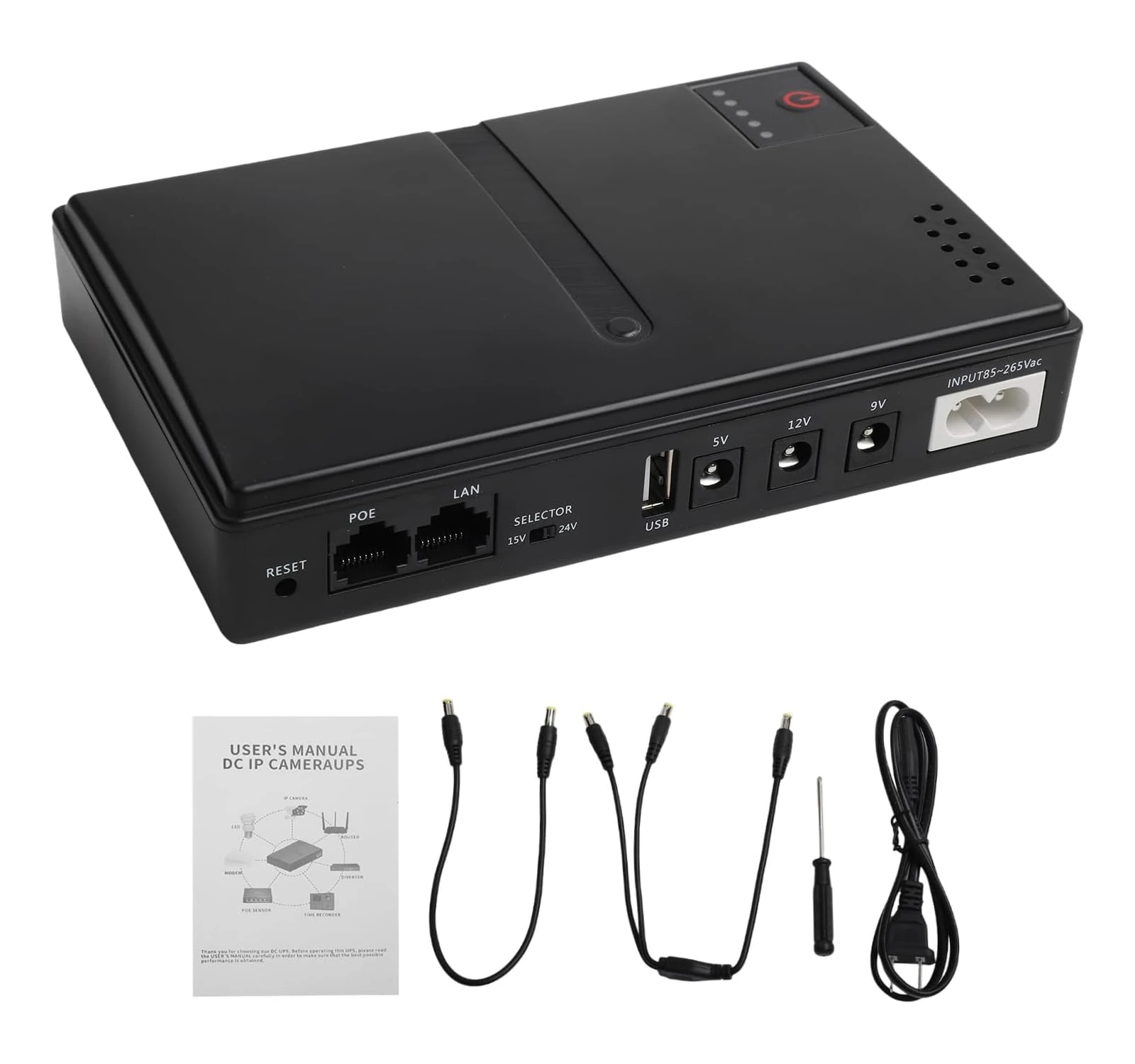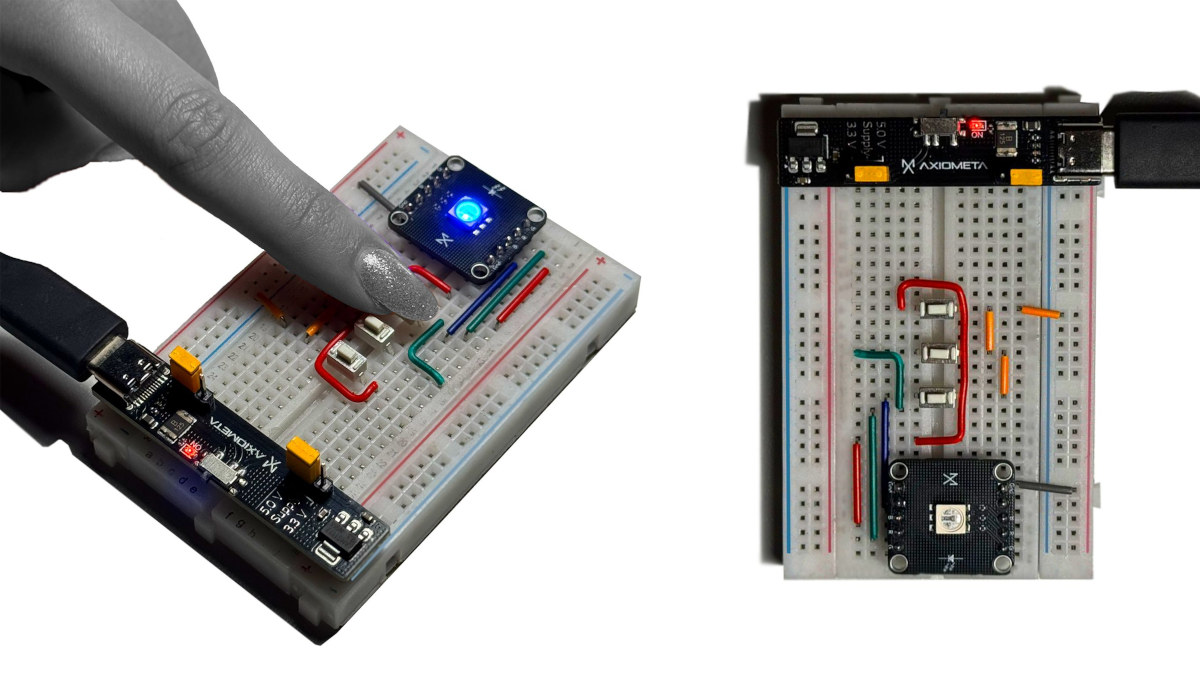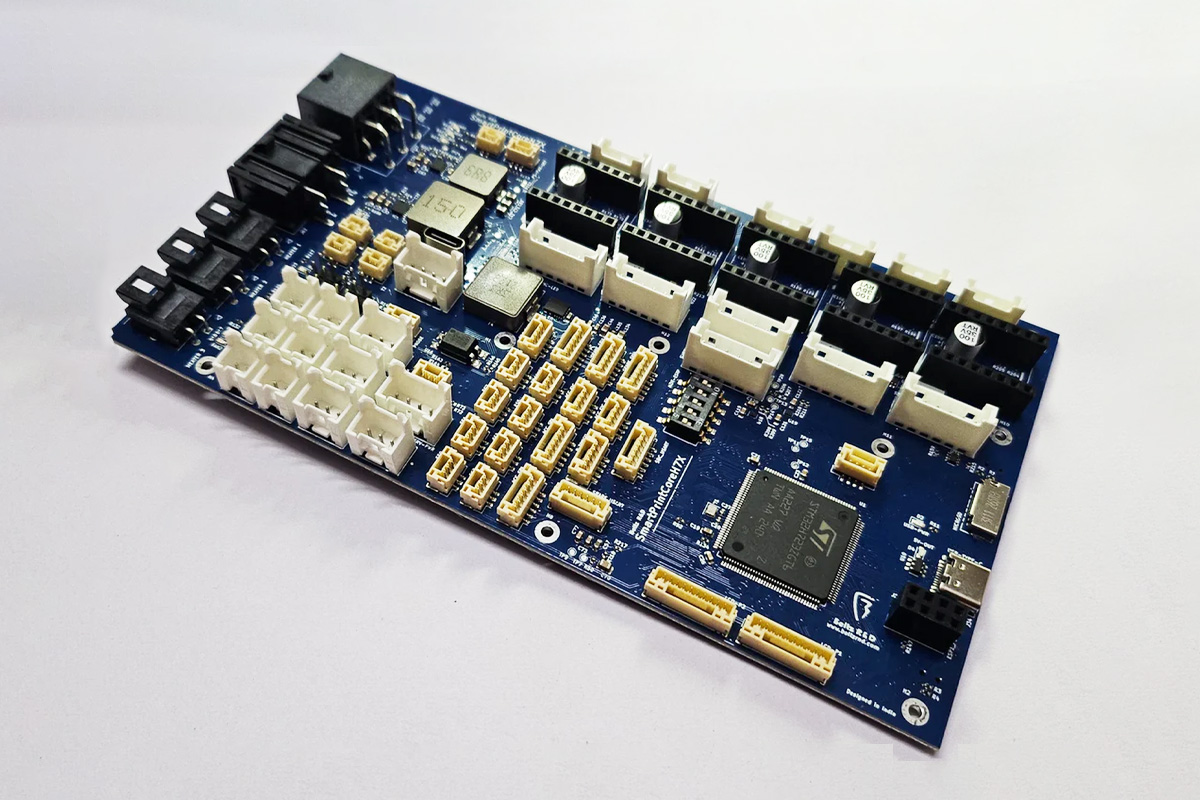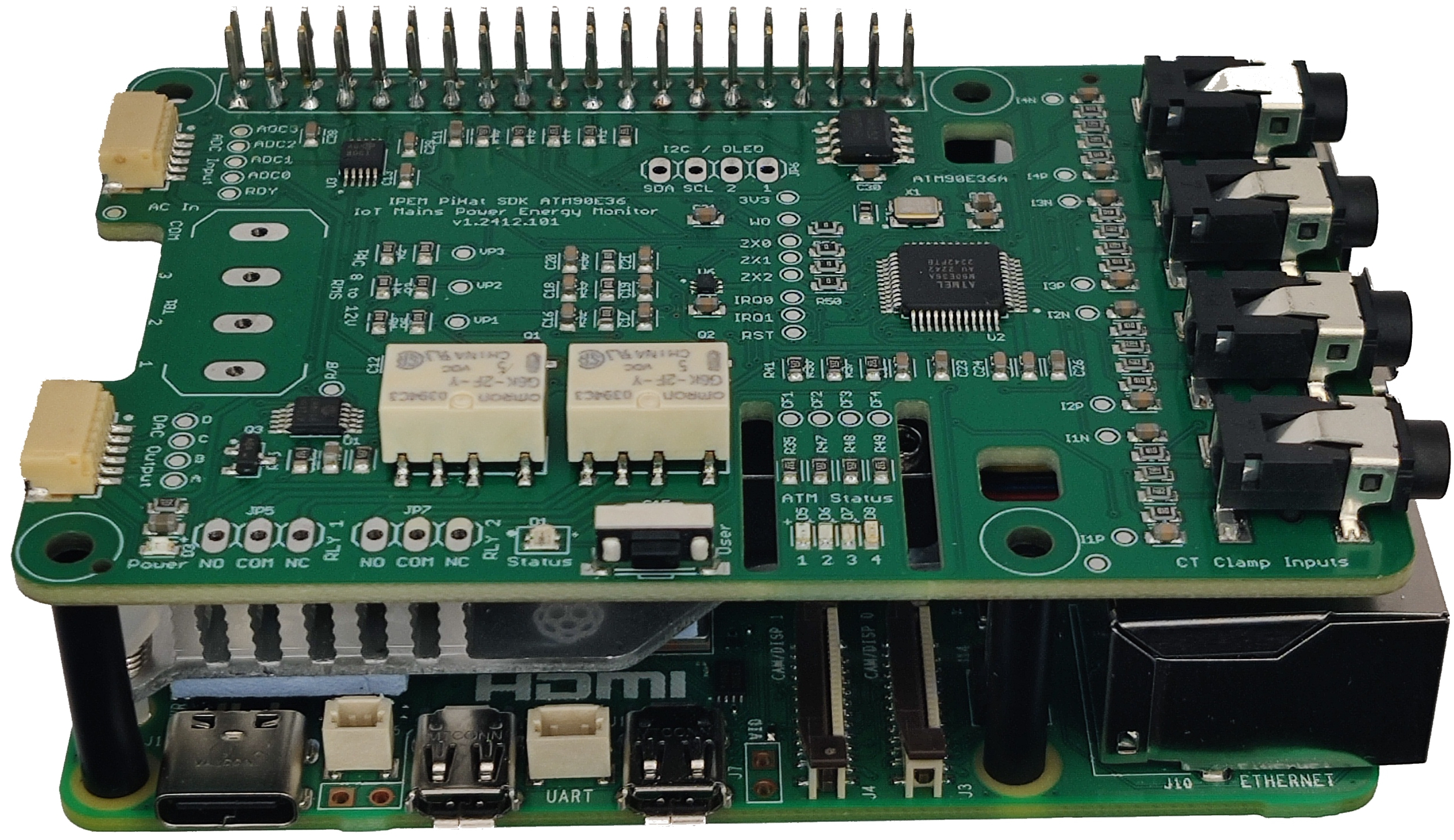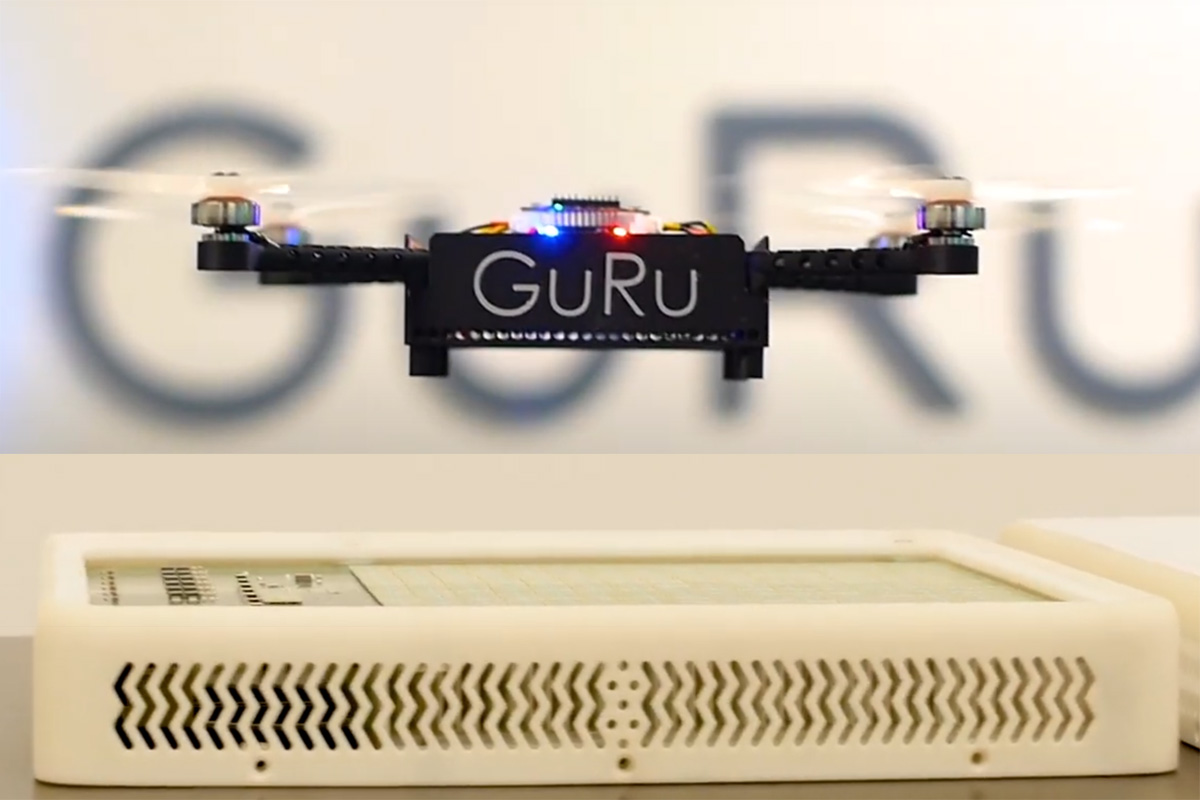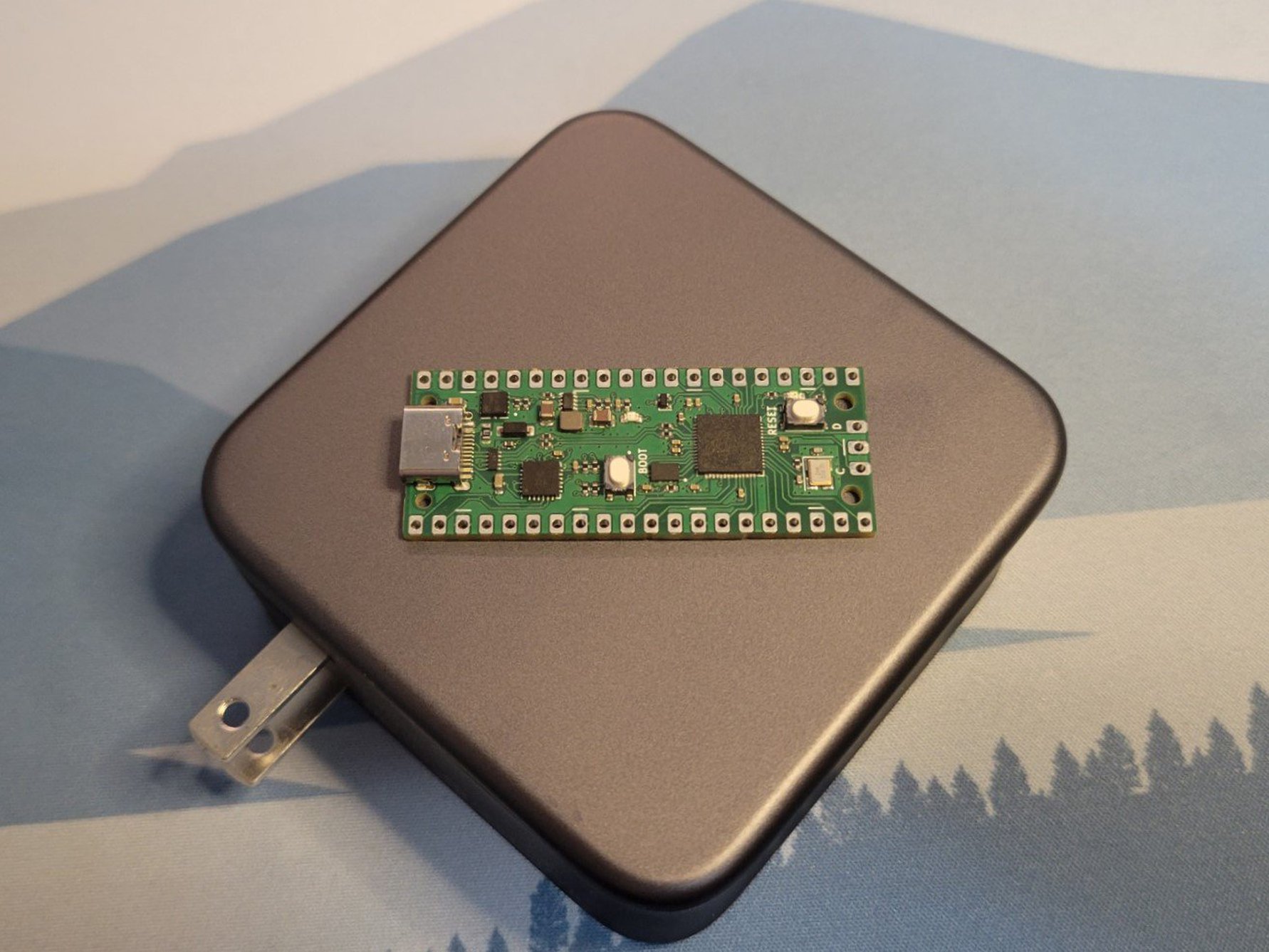Shelly Group has just launched its Gen4 multi-protocol smart switch family supporting Wi-Fi, Bluetooth, Zigbee, and Matter protocols for the Smart Home. The company specifically introduced five new products: the Shelly 1 Gen4 one-channel, dry contact smart switch, the Shelly 1PM Gen4 smart switch with power monitoring, Shelly 1 Mini Gen4 compact smart switch for lights and small appliances, the Shelly 1PM Mini Gen4 compact smart switch with power metering, and the upcoming Shelly EM Mini Gen4 energy meter. Let’s have a quick at each product. Shelly 1 Gen4 smart switch Shelly 1 Gen4 specifications: Wireless SoC – ESP-Shelly-C68F Based on ESP32-C6 RISC-V SoC Storage – 8MB flash Wireless – 2.4 GHz WiFi 6, Bluetooth 4.2, and 802.15.4 radio for Zigbee and Matter Wireless parameters WiFi 6 Max. RF power – < 20 dBm Range – Up to 30m indoors, 50m outdoors Bluetooth 4.2 Max. RF power – < 4 […]
Mini UPS with 5V, 9V, 12V DC, and PoE output could be useful for routers, security cameras, SBCs, and mini PCs
Most uninterruptible power supplies (UPS) require AC voltage and use specific batteries that must be changed every few years. But those may be oversized and not the most efficient if you just want to keep single board computers (SBCs), low-power mini PCs, routers, or security cameras up and running during power failures. Luckily, some mini UPS solutions use standard rechargeable 18650 batteries, output 5V, 9V, or 12V DC, or even PoE (15V/24V) which may be more suitable for those use cases. Many mini UPS solutions come from WGP (Wonderful Green Power), so let’s have a look at the WPG103A model. WPG103A mini UPS specifications: Batteries – 4x 18650 batteries for a combined 10,400 mAh capacity Protection – Overcharge, over-discharge, overcurrent, and short circuit protection Misc – Power button, status LEDs Power Input – 12V/2A via DC jack Power Output 5V via USB Type-A port (likely limited to 1.5A or 2A […]
Brodboost-C is a USB Type-C breadboard power supply board with adjustable 3.3V or 5V voltage (Crowdfunding)
Axiometa BrodBoost-C is a USB Type-C breadboard power supply with a simple design that powers both rails of a breadboard with voltage adjustable between 3.3V or 5V. It also includes an on/off switch, an LED indicator, and built-in fuse protection. BrodBoost-C specifications: Output voltage – Adjustable: 3.3V or 5V DC Maximum current – 1A Ports USB Type-C connector for power input 2x 2×5 2.54 mm breadboard-compatible power and ground rails 2x 3-pin 2.54 mm selection headers with 2x jumper caps Safety – Short circuit protection Input filtering – Ferrite bead for noise suppression and decoupling capacitors Misc – Red Power LED, ON/OFF power switch Voltage regulation: 5.0 V selected by USB CC Pins (5.1 k resistors) 3.3 V step-down regulation via AMS1117-3.3 Dimensions – 54 x 19.5 x 11.4 mm Weight – About 20 grams We’ve written about several breadboard power supplies over the years including the Toaster board with […]
STM32H7-powered open-source hardware 3D printer mainboard supports up to 6 stepper drivers
Designed by Boltz R&D, the SmartPrintCoreH7x 3D printer mainboard is an open-source mainboard built around an STM32H7 microcontroller and designed to work with 3D printers from Creality, Anet, and Voron. It supports up to 6 stepper drivers (5 standard drivers plus 1 dedicated driver) and can be expanded further using the “SmartPrintCore Extravaganza” module for additional stepper drivers. Key features of this motherboard include a jumper-less setup, automatic power source switching, and support for both 12V and 24V power supplies. It uses high-efficiency TI buck converters to provide power for multiple fan and servo ports, and there is a dedicated power supply for peripherals, SBCs, and Wi-Fi modules. The board is equipped with a variety of connectors, including Molex, Ultra-Fit, Mini-Lock, and JST-GH for power, motors, and peripherals. SmartPrintCoreH7x specifications: MCU – STMicro STM32H723 Arm Cortex-M7 32-bit core @ 550 MHz with 1MB Flash, 564 KB RAM, FPU, DSP, Ethernet, USB […]
USB-C and Lightning tester features an LCD display showing the voltage of each pin
VBEST’s Tail Insert Detector is a USB-C and Lightning cable/device tester that reports “real-time” current and voltage of each pin on its built-in display for easy debugging and testing. VBEST Tail Insert Detector highlights and specifications: Port compatibility – USB Type-C male and Lightning male ports Display – Color LCD display Features – Real-time current and voltage detection Misc – Push switch for power and display mode Power 5V via USB-C female port (on the side) Built-in battery Dimensions – 52 x 35 (estimated) x 14mm Sadly, there’s not much in the way of documentation, so it’s unclear how many display modes there are. I’m also confused by the “real-time” voltage and current reporting, because we’re also told it takes 5 seconds to detect “abnormal pins”. The VBEST’s device is very similar to the A2C caberQU and C2C caberQU boards used to respectively test USB-A to USB-C and USB-C to […]
Ditronix’s IPEM PiHat turns your Raspberry Pi into a mains power energy monitor (Crowdfunding)
The IPEM PiHat is a HAT (Hardware Attached on Top) board for the Raspberry Pi that turns the single-board computer into a mains power energy monitor with four CT clamps. It provides an accurate way to track energy usage in home, office, and solar energy systems and is compatible with single-phase, two-phase, and three-phase electrical systems. The Raspberry Pi-based power energy monitor uses CT (current transformer) cable clamps to sample and measure data which can be used to report and analyze electric energy usage. This data can be used to save and divert energy to reduce costs and inefficiencies. The system is easy to set up and does not require a professional electrician. It uses a CT current clamp clipped over the building’s main power cables and connected to the local mains circuit for voltage and frequency measurement. The add-on board comes in two variants: IPEM PiHat and IPEM PiHat […]
GuRu’s modular wireless power transfer system can power a drone indefinitely
California-based company GuRu Wireless has recently developed and showcased a scalable and modular wireless power transfer system that is capable of delivering power to a high-power device up to several kilowatts, such as a drone, from up to 30 feet away (a little over 9 meters). They also mention that the system can power low-power devices, like LEDs and consumer electronics, over distances of several kilometers. It’s quite an extension to the GuRu’s desk-range wireless power evaluation kit we covered in 2020. The system uses 24 GHz high-frequency millimeter-wave radio signals to deliver energy over long distances without needing batteries or tethered systems. GuRu’s system uses a phased array transmitter with proprietary RFICs, to precisely deliver power to the receiver called the Recovery Unit (RU). In a recent demonstration video, GuRu Wireless showcased their wireless power transfer system by powering a drone from 30 feet away, operating it continuously for […]
PicoPD Pro – An open-source RP2040 development board with USB PD support up to 30V
The PicoPD Pro is an open-source Raspberry Pi RP2040 development board that integrates USB PD support up to 30V, and features like voltage negotiation and power delivery while still retaining the Raspberry Pi Pico functionality. It features the AP33772S USB-C PD3.1 sink controller from Diodes Incorporated. The AP33772S supports the full USB-C PD 3.1 specification, including Extended Power Range (EPR) / Adjustable Voltage Supply (AVS) up to 28V and Programmable Power Supply (PPS) up to 21V. The PicoPD Pro USB PPS/AVS development board is ideal for powering devices with specific requirements, such as motor control boards, LED drivers, custom battery chargers, and other high-power applications. It also features a 5V rail output for less demanding applications. It can also be used as an AP33772S evaluation board. We have previously seen other USB-C PD solutions like the Spark Analyzer, YULC LED Controller, and USB Insight Hub which may serve a similar […]



